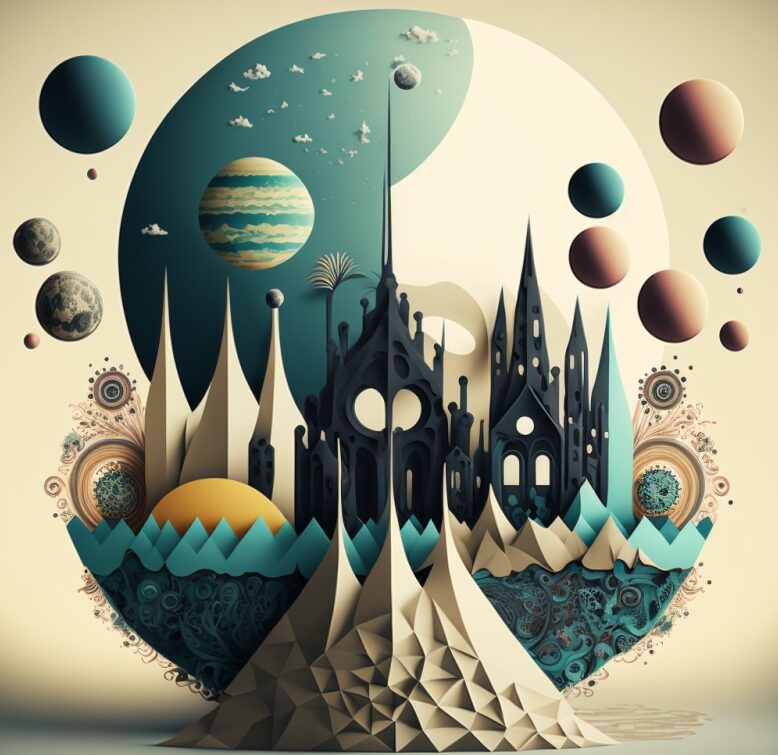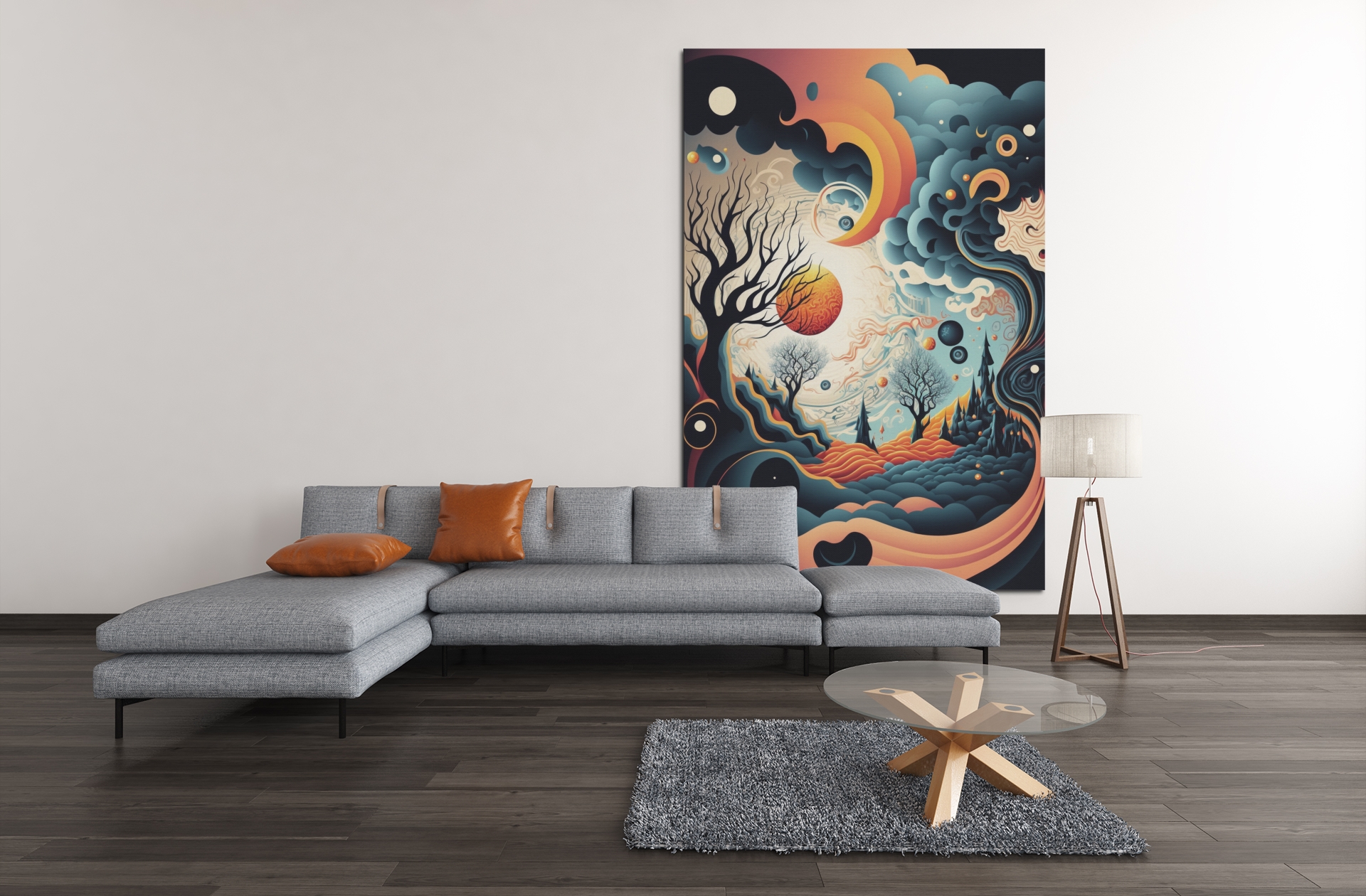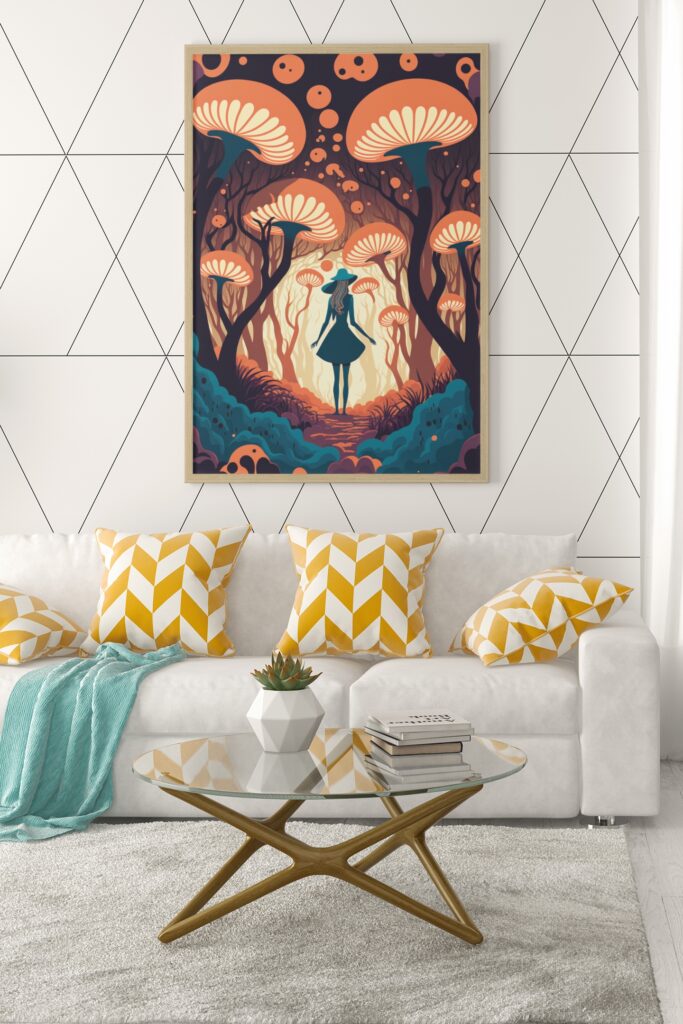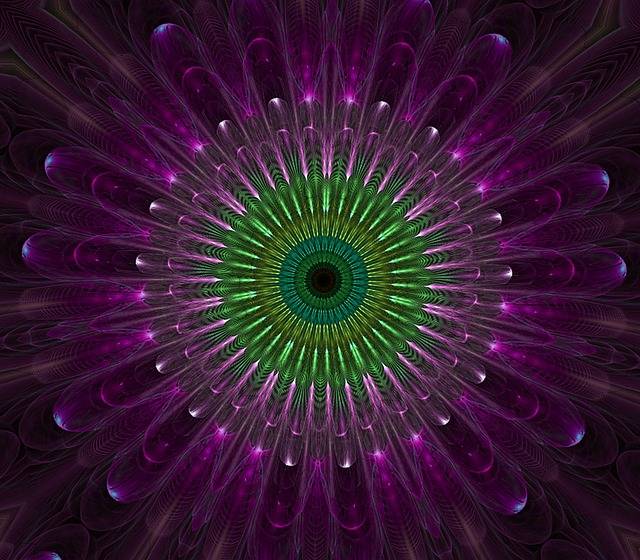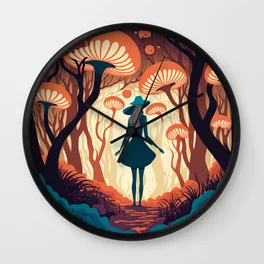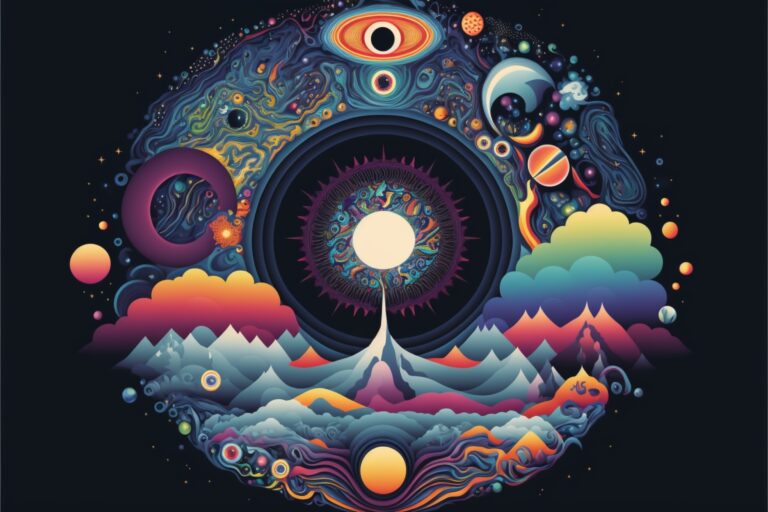Can art help with depression?
Depression is a mental health disorder characterized by persistent feelings of sadness, hopelessness, and a lack of interest or pleasure in activities. It can also involve physical symptoms such as fatigue, changes in appetite and sleep patterns, and difficulty concentrating.
Mental disorders like depression can range in severity from mild to severe and can interfere with a person’s ability to function in their daily life. It is a common and serious condition that affects people of all ages and can be treated with therapies such as cognitive-behavioral therapy, medication, and lifestyle changes.
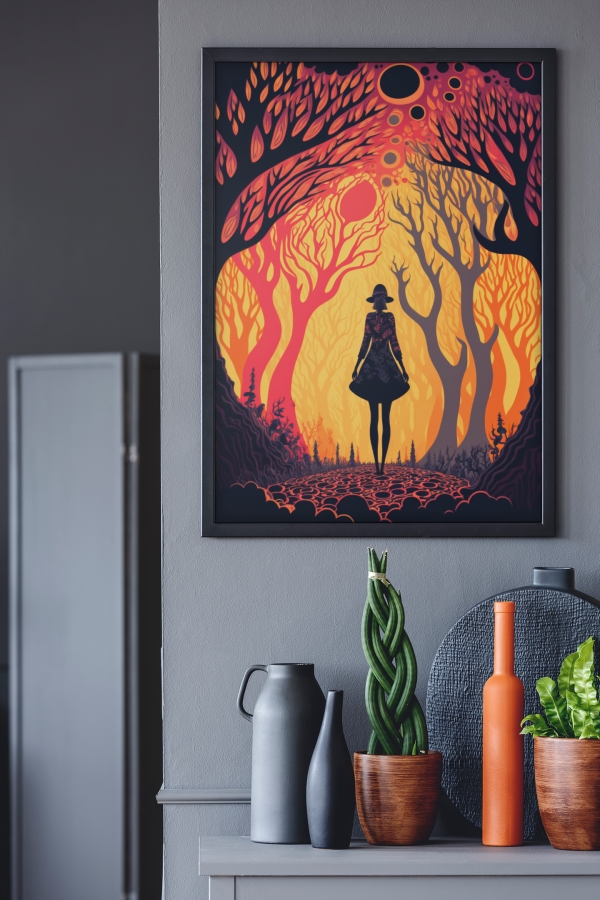
Prevalence of depression
Depression is a common mental health disorder that affects people of all ages. According to the World Health Organization (WHO), depression is the leading cause of disability worldwide and is a major contributor to the overall global burden of disease.
In the United States, the National Institute of Mental Health (NIMH) estimates that in any given year, about 7% of adults in the U.S. experience depression. This translates to about 20 million adults in the U.S. who have a major depressive disorder. Depression can also affect children and adolescents, with about 3% of children aged 6 to 12 and about 6% of adolescents aged 13 to 18 experiencing depression in any given year.
Conventional treatment options for depression (e.g. therapy, medication)
Various types of therapy, such as cognitive-behavioral therapy (CBT), interpersonal therapy, and psychodynamic therapy, can be effective in treating depression. These therapies, used as an alternative treatment, can help individuals identify and change negative thought patterns and behaviors, improve communication skills, and build coping mechanisms to better manage difficult emotions.
- Medication: Antidepressant medications, such as selective serotonin reuptake inhibitors (SSRIs), can be effective in relieving symptoms of depression. However, it is important to note that medication alone is not always sufficient to treat depression and may be most effective when combined with therapy.
- Lifestyle changes: Making changes to your daily routine and habits, such as getting regular exercise, eating a healthy diet, and getting enough sleep, can help improve your mood and overall well-being.
- Alternative treatments: Some people with depression may find relief with alternative treatments such as acupuncture, herbal remedies, or supplements. However, it is important to speak with a healthcare professional before starting any new treatment, as these approaches may not be suitable for everyone and can interact with other medications.
It is important to work with a mental health professional to determine the best treatment plan for your individual needs.

The role of art in mental health
Art, in all its forms, can play a role in promoting mental health and well-being. Art can provide a creative outlet for self-expression, helping individuals cope with difficult emotions and experiences. It can also be a source of purpose and meaning, giving individuals a sense of accomplishment and pride in their work. Art can also provide a way to connect with others, whether through shared artistic experiences or through the opportunity to share one’s art with others.
Benefits of art therapy
Art therapy is a form of mental health treatment that uses artistic expression as a way to help individuals improve their mental health and well-being. Art can help people treat a wide range of mental health conditions, including depression, anxiety, and trauma.
Art therapy is typically led by a trained therapist who works with art who helps individuals use art materials and the creative process to explore their feelings, thoughts, and behaviors. The therapist may provide prompts or themes to guide the individual’s artistic expression, or they may simply allow the individual to create freely.
Making art can be particularly helpful for individuals who have difficulty communicating their emotions through words alone. It can provide a safe and non-verbal way for individuals to express their thoughts and feelings, and can help them gain insight into their emotions and behaviors.
Art therapy can be conducted individually or in a group setting, and sessions may vary in length and frequency depending on the individual’s needs. It can be used as a standalone treatment or as part of a broader treatment plan that includes other therapies, such as talk therapy or medication.
There is research to support the effectiveness of use of art therapy in treating mental health conditions, including depression. One study found that art therapy was associated with significant reductions in depression symptoms in a group of adolescents with mood disorders. Other research has also shown that art therapy can be effective in reducing anxiety and improving overall well-being in individuals with cancer, as well as in reducing symptoms of post-traumatic stress disorder (PTSD).
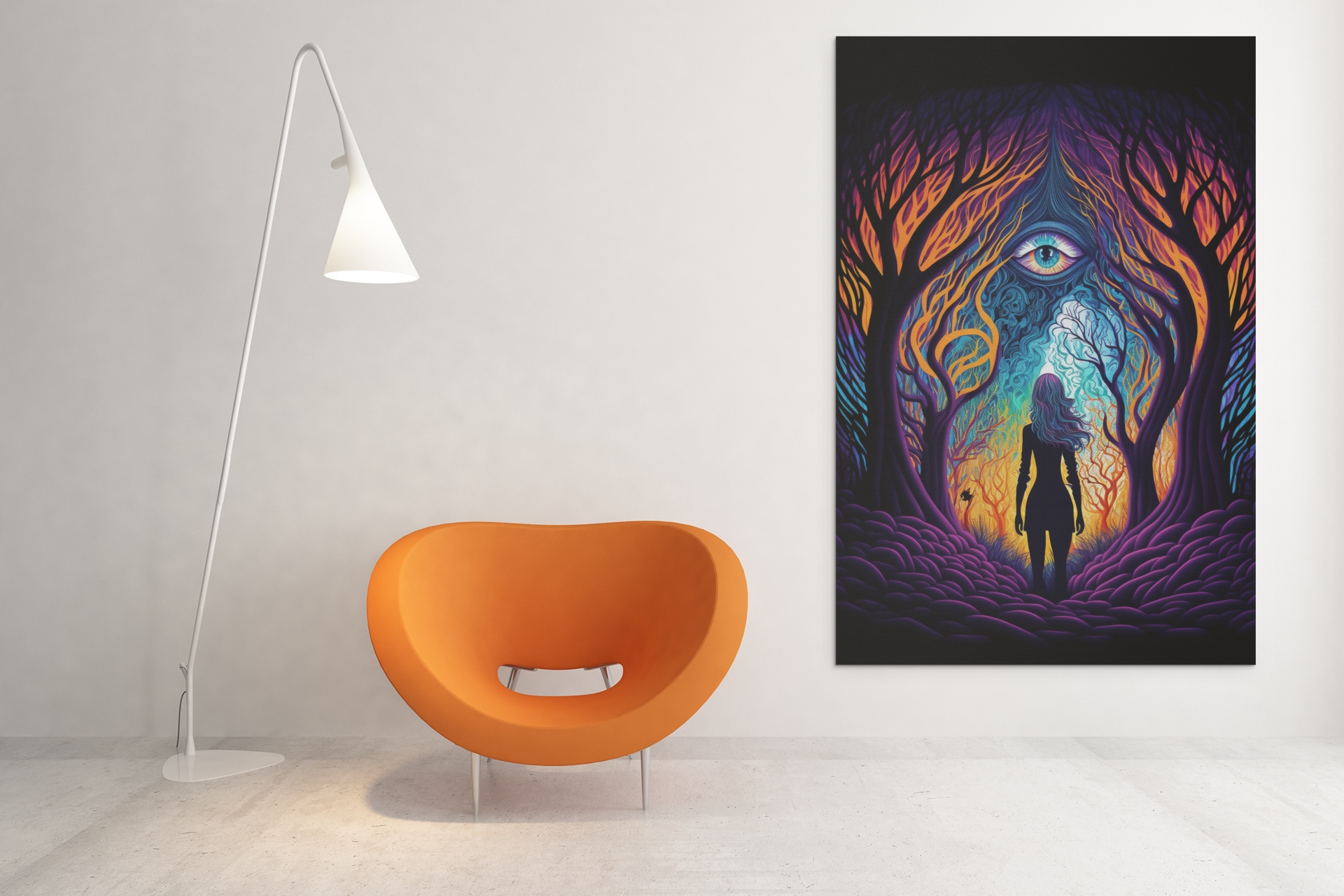
Some Examples in wich art therapy plays a significant role in mitigating depression
- Drawing can be a therapeutic way for people to express their thoughts and feelings. Arts therapists may have clients draw a picture of their current mood, or use drawing as a way to explore difficult emotions.
- Painting can be a relaxing and enjoyable way to express oneself. A therapist for the arts may have clients paint a scene that represents how they are feeling, or use painting as a way to process difficult experiences.
- Collage-making involves creating a composition by gluing different materials (e.g. magazine clippings, fabric, photographs) onto a surface. A specialist in visual arts may use collage-making as a way for clients to explore their thoughts and feelings through symbolism and metaphor.
- Sculpture involves creating a 3-dimensional object out of materials such as clay, wood, or metal. A therapist who uses art may use sculpture as a way for clients to express themselves through form and shape, or as a way to work through physical sensations and body image issues.
- Photography can be a therapeutic way for people to capture and reflect on their experiences. Therapists may have clients take photographs of things that represent their current mood or use photography as a way to document their journey through treatment.
- Music and movement can be powerful tools for expressing emotions and connecting with the body. Psychotherapy that uses art media may use music and movement as a way for people to express themselves and work through physical tension and stress.
- It’s important to note that these are just a few examples, and the specific forms of therapy interventions that are used will depend on the individual needs and preferences of the client. Arts therapist may also use a combination of different forms of art therapy program and interventions, depending on what is most helpful for the client.
Some specific activities may include :
- Mandala drawing: A mandala is a circular design that is often used in art therapy as a way to explore emotions and inner experiences. In a mandala painting and drawing exercise, the arts therapist may ask the client to draw a mandala that represents their current mood or state of mind. The therapist may then use the mandala as a way to discuss the client’s thoughts and feelings.
- Collage-making: In a collage-making exercise, the therapist may ask the client to choose images and materials that represent their current mood or experiences. The client can then create a collage that reflects their feelings and thoughts. The therapist may then use the collage as a way to discuss the client’s emotions and experiences.
- Drawing one’s feelings: In this exercise, the therapist may ask the client to draw a picture that represents how they are feeling. The therapist may then use the drawing as a way to discuss the client’s emotions and how they are coping with their depression.
- Sculpture: In a sculpture exercise, the therapist may ask the client to create a 3-dimensional object out of materials such as clay, wood, or metal. The therapist may then use the sculpture as a way to discuss the client’s feelings and experiences.
- Photography: In a photography exercise, the therapist may ask the client to take photographs of things that represent their current mood or experiences. The therapist may then use the photographs as a way to discuss the client’s thoughts and feelings.
It’s important to note that these are just a few examples, and the specific art therapy interventions that are used will depend on the individual needs and preferences of the client. Therapists focused on studies of art may also use a combination of different interventions, depending on what is most helpful for the client.
Research on the effectiveness of art therapy for depression
There is growing evidence that the healing power of art can be an effective treatment for depression. British association of art therapists and other entities host several articles based on a few studies that have looked at the circumstances in wich art therapy may reduce the sympthoms .
- A randomized controlled trial published in the British Journal of Psychiatry in 2006 discovered that arts therapy was effective in reducing symptoms of depression and anxiety in people with a severe mental illness. The study this therapy was particularly helpful for reducing feelings of loneliness and isolation.
- A review of the literature published in the Journal of the American Art Therapy Association in 2012 found out that the therapy was effective in reducing depression and anxiety in a variety of populations, including adults, children, and older adults. The review also discovered that this therapy was particularly helpful for people who had experienced trauma, abuse or substance use disorders.
- A randomized controlled trial published in the Journal of Clinical Psychology in 2015 revealed that arts therapy was effective in reducing depression and anxiety in people with a severe mental illness. The study also suggested that arts therapy was associated with improvements in quality of life and social functioning.
- Overall, these studies have shown that art therapy can be a valuable treatment option for people struggling with depression. It’s important to note, however, that art therapy should be used as part of a comprehensive treatment plan that may also include other interventions such as therapy, medication, and self-care strategies.
Incorporating art into your mental health care
Incorporating art to improve mental health care can be a helpful and therapeutic way to express emotions and process experiences. Here are some ways you can incorporate art media into your mental health care:
- Find an art form that speaks to you: This could be drawing, painting art, sculpture, photography, or any other art form that interests you.
- Set aside time to engage with your art: Make sure you have a dedicated space and time to work on your art. This could be as little as 15 minutes a day or as much as a few hours a week.
- Practice regularly: The more you engage with your art, the more you will benefit from it. Try to make it a regular part of your routine.
- Use art as a way to express yourself: Art can be a powerful tool for self-expression and communication. Use it to express your thoughts, feelings, and experiences.
- Seek support: Consider joining an art therapy group or working with an therapist. Therapy sessions focused on art can help you explore your emotions and experiences through art and provide support and guidance in recovering self-esteem and self-awareness.
- Be patient: It may take time to see the benefits of incorporating art into your mental health care. Be patient and try to enjoy the process of creating art, rather than focusing solely on the end result.
How to find an art therapist
There are several ways to find an art therapist:
- Ask your doctor or mental health professional for a referral: Your primary care doctor or mental health professional may be able to recommend an art therapist in your area.
- Search online directories: The American Art Therapy Association (AATA) maintains a directory of art therapists on its website. You can search for therapists in your area by zip code.
- Contact your insurance company: your insurance company may have a list of art therapists who are covered by your insurance plan.
- Ask for recommendations: You can also ask friends, family, or other healthcare professionals for recommendations.
When looking for an art therapist, it’s important to consider their credentials and experience. Art therapists should be licensed mental health professionals with a master’s or doctoral degree in art therapy. They should also be registered, board-certified, or hold a credential from the AATA.
In conclusion
Whether art therapy can provide a valid support battling mental health disorders and can help alleviate them in different ways.
1. Improved mood: Art can help to reduce feelings of sadness, anxiety and stress, allowing us to feel more relaxed and in control of our emotions.
2. Increased self-esteem: Creating art can give us a sense of accomplishment and pride, boosting our confidence in our abilities.
3. Improved focus and concentration: Art provides an outlet for mental energy, helping to clear the mind from intrusive thoughts and worries.
4. Greater connectedness: Engaging with art can help us feel more connected to ourselves and those around us, increasing feelings of belongingness and purpose.
5. Enhanced physical wellbeing: Art can be used as a way to reduce physical tension associated with depression such as muscle aches or headaches. It can also provide relief from chronic pain conditions such as fibromyalgia or arthritis.
Remember, it’s important to approach mental health care in a holistic way. This may include a combination of therapy, medication, and self-care activities like art. Don’t be afraid to give art a try and see how it can help you on your journey to better mental health.
If you liked any of the artworks above, please feel free to check them on Zazzle and Society 6 , and thank you for visiting !
